When you’re learning how to start wearing makeup, the goal isn’t to hide who you are—it’s to enhance what you already love about your features. Makeup is a creative, personal skill that builds from simple to transformative with experience, so the most important thing at the beginning is to start small and layer your knowledge as you go. The beauty industry can feel overwhelming, but you don’t need a suitcase of products or a pro-level streak-free finish to look and feel great.
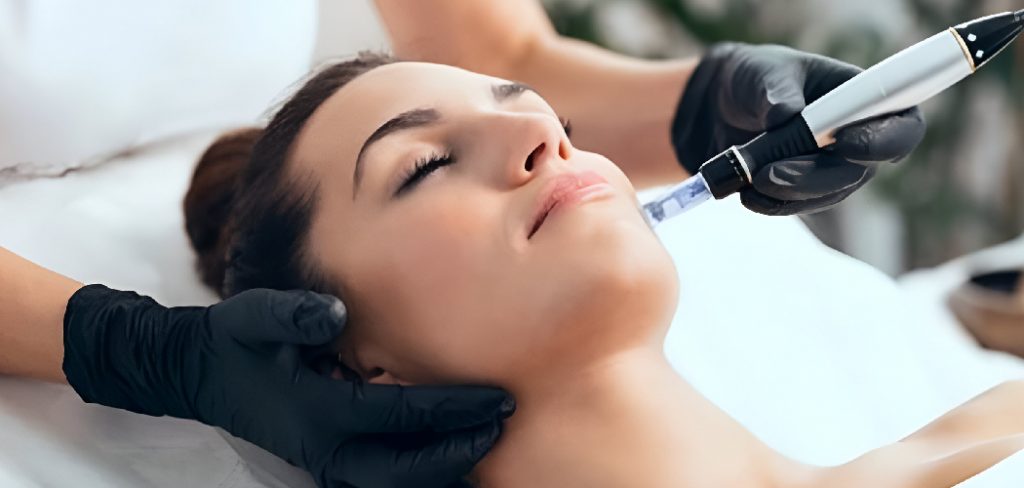
In this guide, you’ll discover everything you need to lay a solid foundation for your makeup journey. We’ll cover building a beginner’s kit that fits your needs and budget, prepping your skin for healthy wear, and walking step-by-step through a first full routine. You’ll get practical advice on complexion products, eye and lip basics, good hygiene habits, shopping tips, and fixing common early mistakes. By the end, you’ll find makeup less intimidating—and feel ready to approach it at your own pace.
Build Your Beginner Kit
Creating your first makeup kit can seem daunting, but focusing on a few versatile, quality pieces makes the process easy and rewarding.
Complexion: Tinted Base, Concealer, Powder
Your complexion is the canvas for all makeup looks, so start with a few essentials. Choose a lightweight tinted moisturizer or BB cream with a finish that matches your skin’s needs—hydrating for dry skin, matte for oily. A basic concealer, matched closely to your skin tone, helps cover blemishes or brighten under the eyes. Finish with a pressed or loose powder to set your base and reduce shine without taking away your skin’s natural radiance. These three items lay a polished, natural-looking foundation for any look.
Eyes: Neutral Palette, Mascara, Brows
For eyes, a neutral eyeshadow palette is your best friend. Look for a selection with soft browns, taupes, or gentle shimmer shades that make it easy to transition from daytime to evening. A classic black or brown mascara adds instant definition. For brows, a pencil or tinted gel matching your hair color can subtly shape and fill gaps, framing your features. These basics are easy to apply and forgiving as you practice.
Lips and Tools: Liner, Balm, Brushes/Sponges
Begin with a hydrating, non-sticky lip balm to keep your lips smooth. Add a neutral lip liner and one or two lip colors that you enjoy for extra confidence and shape. Just as vital are your application tools: a soft blending brush, an angled brow brush, and a damp makeup sponge will serve for most products. Start with a few, focusing on easy-clean, multipurpose shapes.
Skin Prep 101
One of the most important lessons when learning how to start wearing makeup is that healthy, prepared skin makes every product work better and look more natural.
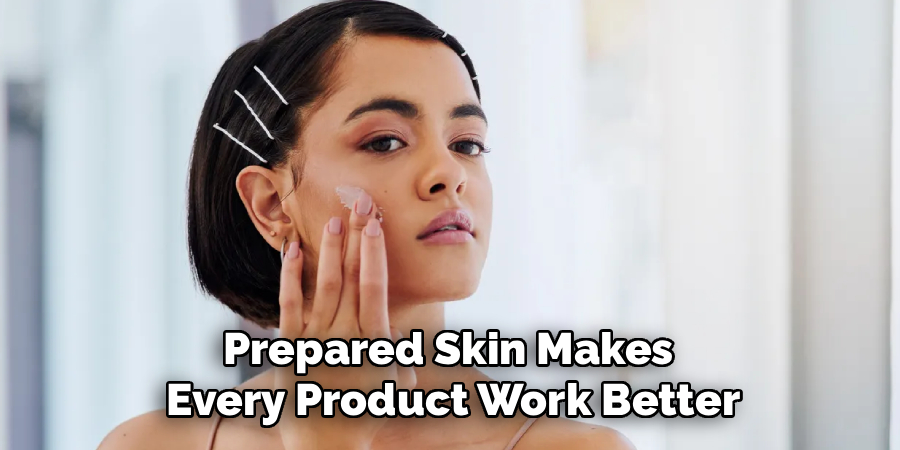
Cleanse and Moisturize for Your Skin Type
Before you ever pick up a brush, clean your face with a gentle cleanser. Having freshly cleansed skin creates a smooth surface and helps prevent breakouts. Next, apply a moisturizer suited to your skin type—gel or water-based for oilier skin, creamier options for dry skin. Give your face a minute to absorb the moisture before moving on. Skin that is balanced and hydrated will keep makeup looking fresh all day.
SPF Every Morning
Sun protection is critical, whether or not you’re wearing a full face of makeup. Use a lightweight sunscreen (SPF 30 or higher) as the last step of your morning routine. If the texture of regular sunscreen bothers you, look for a moisturizer or primer with SPF. This will help prevent premature aging and protect your skin, ensuring your makeup efforts aren’t undone by UV rays.
Primer: When to Use, When to Skip
Primers can help makeup apply more smoothly and last longer, but they’re not necessary for everyone or every day. If you have areas of uneven texture, oiliness, or want extra staying power, use a pea-sized amount of primer after your sunscreen. If your skin is clear, balanced, and you prefer a lighter feel, you can skip this step.
Step-by-Step Guide: How to Start Wearing Makeup
The best way to begin with makeup is to establish a simple, effective daily routine. This allows you to build skills gradually and adjust based on your preferences and needs.
Step 1: Prep and Prime
Begin with the skin prep outlined above: cleanse, moisturize, apply SPF, and primer if using. Let each product absorb fully into the skin before the next step. This base ensures that everything you apply next goes on more smoothly and lasts longer.
Step 2: Conceal Where Needed
Rather than applying a heavy foundation everywhere, start by using a concealer to touch up specific areas—under the eyes, around the nose, or on small blemishes. Dot the product on with a clean fingertip or a brush and blend gently until it disappears into your skin. This targeted approach keeps your look fresh and prevents a cakey finish, making the most of your natural complexion.
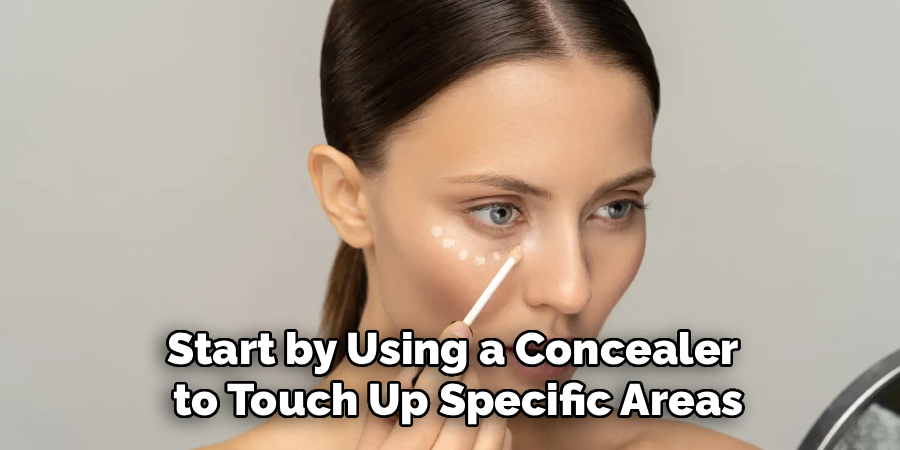
Step 3: Add Soft Definition to Eyes and Brows
With a fluffy brush, sweep a light shade from your neutral palette across your eyelids for a natural shadow. Add a touch of medium-toned color in the crease for subtle definition. Finish with mascara, wiggling the wand from root to tip, to open up your eyes. Use a brow pencil or gel in short, hair-like strokes to fill sparse areas and gently set the shape.
Step 4: Blush and Optional Bronzer
A hint of blush brings healthy color to the face and is easy to apply. Smile and dust a natural shade along the apples of your cheeks, then blend upward toward your temples. If you like, add a soft bronzer along the hairline and under cheekbones for subtle warmth. Start with a light hand and build gradually until you reach your desired effect.
Step 5: Lips and Light Set
Condition lips with balm, then follow with a neutral liner for extra shape if desired. Add your chosen lipstick or gloss. To finish the look and help set any cream products, sweep a light layer of translucent powder or a setting spray across your face. Check for any areas that need a gentle blend with a sponge or brush.
Complexion Basics for Beginners
Understanding how to choose, apply, and set your complexion products is essential for a natural, beginner-friendly makeup routine.
Shade Matching and Undertones
When selecting foundation, concealer, or tinted moisturizer, test a few shades along your jawline in natural light. The right shade should disappear seamlessly into your skin. Pay attention to undertones: warm (golden, peachy), cool (pink, rosy), or neutral. If a product looks too yellow or pink, try a different undertone. Many brands label shade families to make selection easier.
Application Methods: Fingers, Sponge, Brush
Application technique impacts your final look. Clean fingers naturally warm up products and help blend them into the skin for a “second skin” effect. Makeup sponges dampened with water provide the most natural, even finish—just remember to press (not drag) them across your face. Brushes offer precision and are ideal for blending powders or applying setting products. Experiment to see which feels most comfortable and gives you the results you want.

Setting Lightly to Avoid Cake
If you use powder, do so sparingly. Focus on areas that tend to get oily throughout the day (like your T-zone) or on top of concealer to prevent creasing. A fluffy brush works best for a light touch. Less is more; this keeps your skin looking radiant and prevents the “cakey” look beginners often struggle with.
Easy Eye and Lip Wins
Eyes and lips can be the most fun—and user-friendly—parts of your routine when you know the basics.
Curl, Coat, and Define
A lash curler lifts and opens your eyes instantly. Use it before applying mascara to avoid clumping or sticking. One or two coats of mascara create dramatic definition, focusing on the upper lashes for the biggest impact. For a quick daily look, you might skip shadow and just opt for fresh lashes and tidy brows.
One-and-Done Lid Colors
For simple days, a shimmery or satin eyeshadow close to your skin tone can be applied with your finger all over the lid, blending softly to the edge. These “one-and-done” eye looks are nearly foolproof and brighten your whole face, giving a polished appearance in seconds. As you get more confident, you can experiment with deeper or bolder shades.
Lip Liner Tricks for Shape and Longevity
Lip liner isn’t required, but using it can make your color look sharper and last longer. Outline just outside your natural lip line for subtle fullness, or fill in the whole lip before applying lipstick for a base that resists fading. Carry a balm to refresh color and moisture as needed throughout the day.
Hygiene, Removal, and Storage
Good habits will keep your skin healthy and extend the life of your makeup.
Brush/Sponge Care
Brushes and sponges need regular cleaning to prevent bacteria buildup. Wash tools weekly using a gentle cleanser or soap and lukewarm water. Rinse thoroughly and leave them to air dry on a clean towel, with brush heads pointed down or laid flat. Clean tools not only function better but also protect your skin from irritation.

Removal Routines (Including Waterproof)
At the end of each day, remove all your makeup—even when you’re tired. Use a gentle cleansing balm, micellar water, or oil-based remover to dissolve long-wear or waterproof products, followed by your regular cleanser. Avoid scrubbing; instead, let the remover break down makeup, which is gentler and more effective.
Storage Basics to Protect Products
Store makeup in a cool, dry place, away from direct sunlight and steam. Tightly close lids and caps after each use to keep formulas fresh and prevent contamination. Keep brushes in a case or upright holder. Every few months, check expiration dates and replace as needed—especially with eye products, which can harbor bacteria.
Budget and Shopping Tips
Thoughtful shopping ensures you get the best value as you build your makeup kit.
Prioritize Spend vs. Save
Invest in products that are multipurpose or worn every day, such as a great base, mascara, or brow gel. You can save on trend-driven items, seasonal shades, or products you won’t use often. Many affordable brands offer quality formulas—you don’t always need to splurge to achieve professional results.
Shade Testing and Return Policies
Try to test shades in person when possible, applying testers on your jaw or wrist to see the true tone. If you’re shopping online, use brand-provided quizzes or virtual try-on tools, and check reviews from people with similar skin tones. Learn the retailer’s return policy in case a product isn’t a match—it’s common to need a little trial and error.
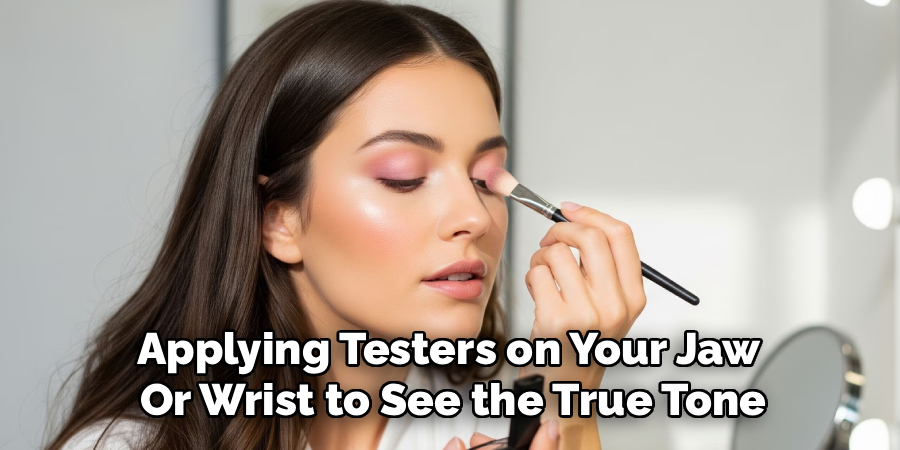
Mini Sizes and Sets
Smaller “mini” products or curated sets are a great way to try new categories without a big investment. These often come in travel kits or value bundles and let you test formulas before committing to a full-size. This approach keeps your kit flexible and affordable as your preferences evolve.
Common Mistakes and Fixes
Everyone makes mistakes early on—what matters is knowing how to spot and correct them.
Too Much Product Too Soon
It’s tempting to add more for coverage or intensity, but this usually leads to cakiness or heavy layers. Start with a small amount and build slowly. Blend well after each step, and use natural light to check your work. If you’ve applied too much, a clean, damp sponge can remove or diffuse excess product.
Skipping Shade/Undertone Checks
Wrong shades can make even expertly-applied makeup look unnatural. Always swatch and test in natural light, and don’t hesitate to try more than one option before you commit. If you realize you’ve chosen a slightly off shade, blending with a bit of moisturizer or a contrasting concealer can help balance the tone while you search for the right match.
Ignoring Removal and Hygiene
Neglecting removal and tool cleaning can result in breakouts, irritation, or stunted makeup performance. Make makeup removal a nightly ritual and keep a regular cleaning schedule for your tools. Replace products as needed—especially mascara and liquid liners, which have short shelf lives.
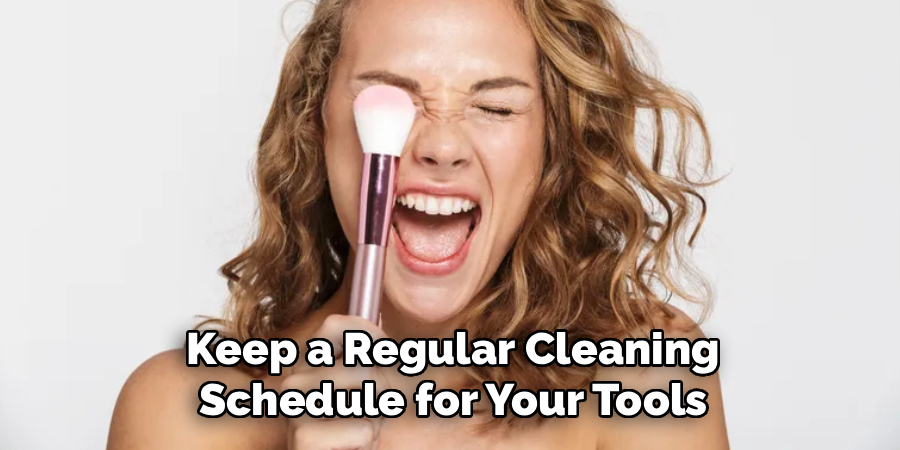
Conclusion
Learning how to start wearing makeup is about embracing a step-by-step approach—focusing on skin health, choosing user-friendly basics, and building confidence through simple, achievable routines. By taking the time to prep your skin, select shades that suit you, and practice with forgiving techniques, you’ll unlock the ability to create looks that make you feel your best.
Remember that your routine can evolve. Try new products as you get curious, experiment with techniques, and don’t be afraid to make mistakes—they’re part of the learning process. Above all, makeup should feel like an empowering tool, not a mask. With patience, hygiene, and the right information, you’ll develop a routine that’s uniquely yours and perfectly buildable as you keep learning.
About the Author
Jane Hubbard is a passionate beauty expert with a wealth of experience in makeup, hair, and overall beauty techniques. After years of working as a hairdresser specialist, she followed her entrepreneurial spirit and started her own consultancy business.
Jane has always been driven by her desire to help others feel confident in their own skin, and she does this by sharing her knowledge, experiences, and practical beauty tips. Through her consultancy, she empowers individuals to embrace their unique beauty, offering tailored guidance that boosts both self-esteem and personal style.
Professional Focus
- Specializes in makeup, hairstyling, and beauty consulting.
- Provides personalized beauty advice, tips, and techniques to help individuals feel confident in their appearance.
- Dedicated to staying up-to-date with the latest industry trends and developments.
- Passionate about creating a comfortable and empowering experience for every client.
Education History
- University of Craft and Design – Bachelor of Fine Arts (BFA) in Woodworking and Furniture Design
- Woodworking Apprenticeships – Extensive hands-on training with skilled craftsmen to refine carpentry and furniture making techniques
- Online Courses & Masterclasses – Continued education in advanced woodworking techniques, design principles, and specialized tools
Expertise:
- Makeup artistry, hairstyling, and beauty consulting.
- Personalized beauty techniques to enhance confidence and self-expression.
- Educating clients on how to maintain their beauty routines at home.
